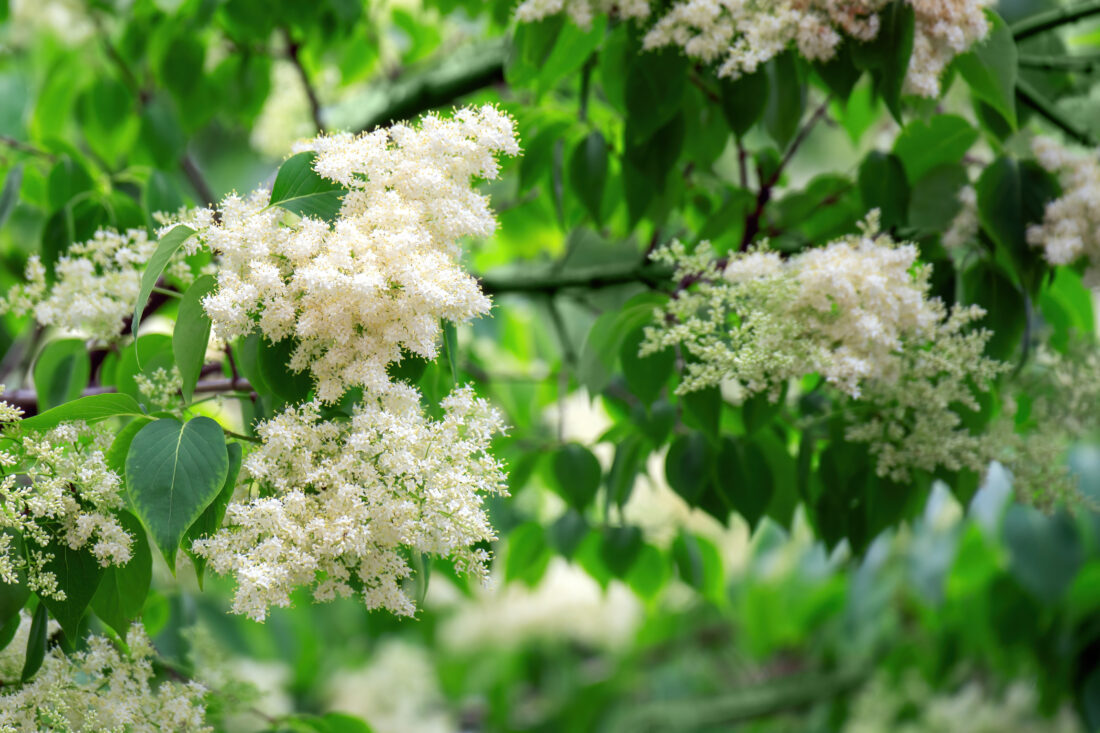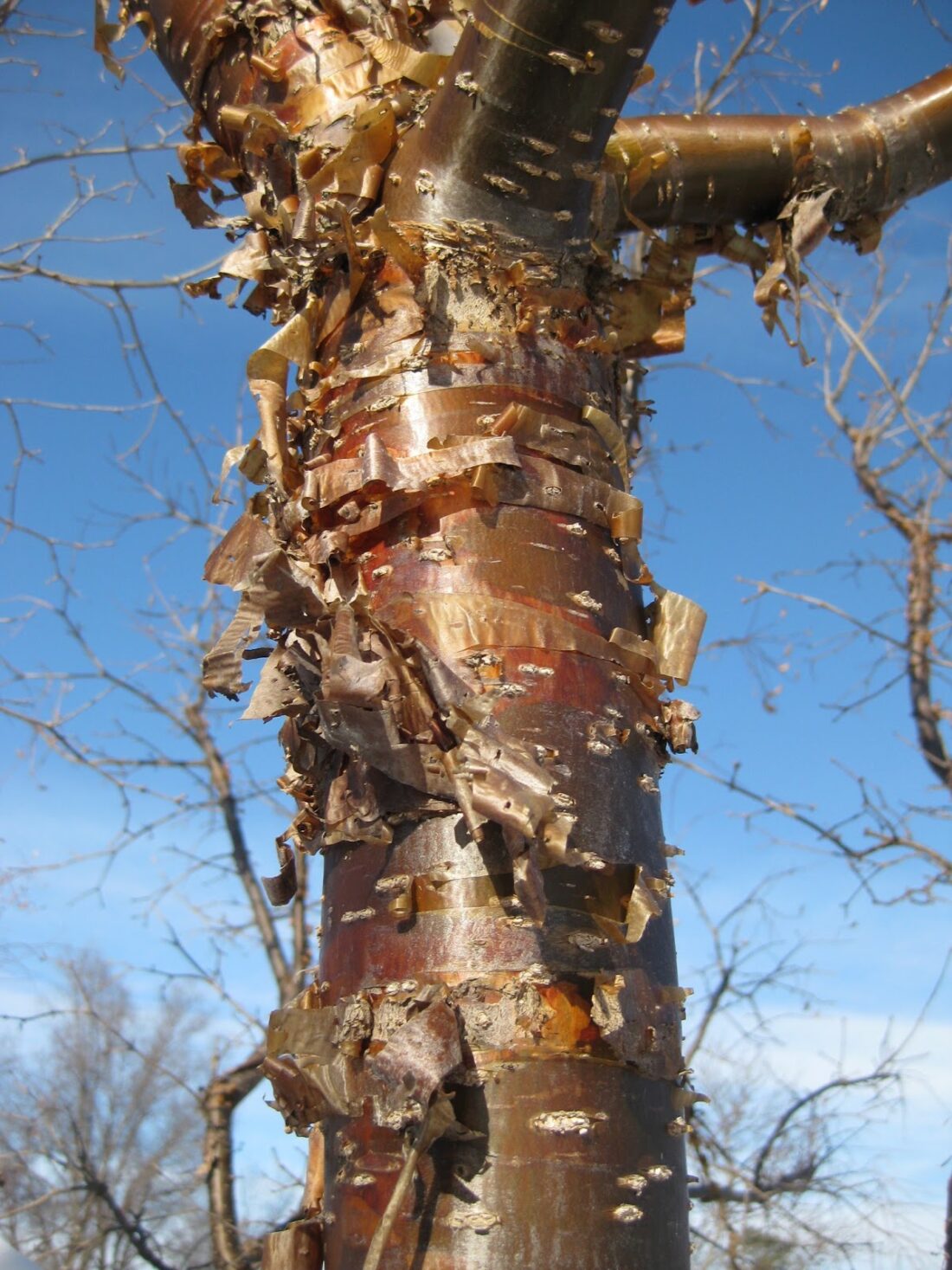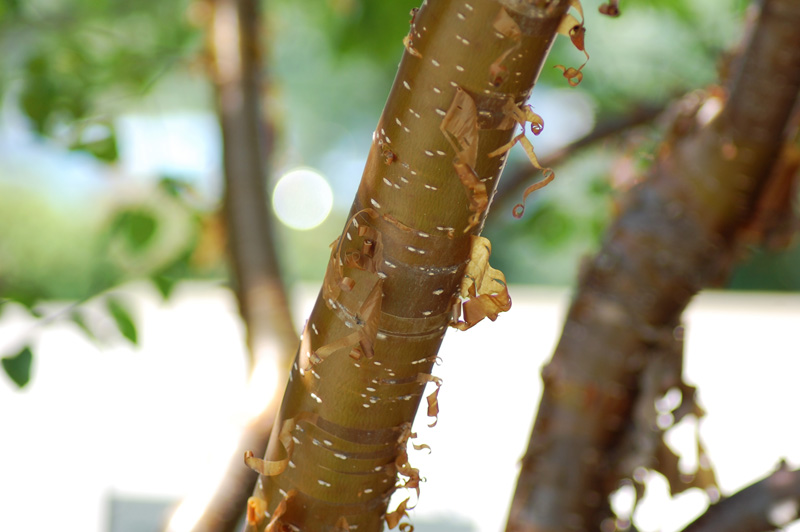To begin with, final week was fairly superior. The climate in Maine had been holding regular, however then on Wednesday, we flew out for our spring board assembly for Coastal Maine Botanical Gardens (CMBG) in Chicago. After we landed, it was within the mid-80s, and Lake Shore Drive was bustling with runners and cyclists soaking within the sudden heat. However true to Chicago’s unpredictable nature, by Thursday and Friday, temperatures had plummeted into the 50s. Regardless of the coolness, our enthusiasm for touring the Chicago Botanic Backyard and the Morton Arboretum was unwavering. This was my first journey to Chicago, and visiting each gardens—locations I’d needed to see for years—felt like ticking off a few main gadgets on my horticultural bucket checklist.

Each gardens are large, so our excursions have been essentially transient and coated solely parts of every web site. Nonetheless, I used to be struck by the number of designs and the vegetation uniquely suited to the Midwest local weather. One plant, specifically, caught my consideration: Syringa pekinensis, generally referred to as the Peking lilac.
The tree stood simply exterior the walled backyard on the Chicago Botanic Backyard , and this explicit specimen was the cultivar ‘Morton,’ trademarked as China Snow®. Although it was simply beginning to leaf out and hadn’t but flowered, what instantly drew me in was its beautiful exfoliating bark. The bark had a wealthy, cinnamon-brown hue that peeled away in delicate, papery strips, very like the acquainted paperbark maple (Acer griseum). Even with out flowers, the bark alone made this tree a standout.

The flowers, which I didn’t get to see on this journey, are speculated to bloom in June, producing clusters of creamy white blossoms that distinction superbly in opposition to the darkish, textured bark. The Peking lilac isn’t nearly aesthetics, although—it’s additionally a hardy and adaptable tree. Native to northern China, it thrives in USDA zones 4 to 7, making it well-suited for colder climates. Nevertheless, it doesn’t fare properly in hotter areas; something hotter than zone 7, and the tree begins to battle.
By way of dimension, Syringa pekinensis matures at about 25 to 30 ft in peak and spreads round 25 ft large. It’s a great small decorative tree for city settings, providing multi-season curiosity—from its aromatic summer time flowers to its hanging winter bark. Its adaptability to completely different soil sorts and resistance to frequent lilac ailments make it a invaluable addition to any panorama.

China Snow® lilac is a particular choice from the collections on the Morton Arboretum, developed as a part of the Chicagoland Grows program—a collaborative effort geared toward introducing hardy, dependable vegetation for Midwest landscapes. This program has a fame for producing vegetation that mix magnificence with resilience, and China Snow® definitely matches that mildew.

After seeing this tree in individual, I can’t wait so as to add one to the gardens at Coastal Maine. Its hardiness and distinctive aesthetic would make it an ideal match for our assortment, providing one thing a little bit completely different for guests to admire all through the seasons. When you’re in an acceptable zone and on the lookout for a decorative tree with year-round attraction, the Peking lilac may simply be your subsequent nice discover.
–Rodney
Images: rotarygarden.blogspot.com, davesgarden.com, thebenjamin.wordpress.com
